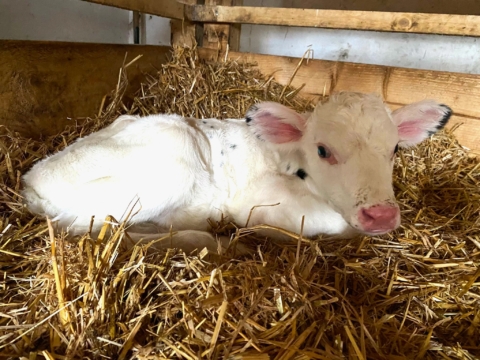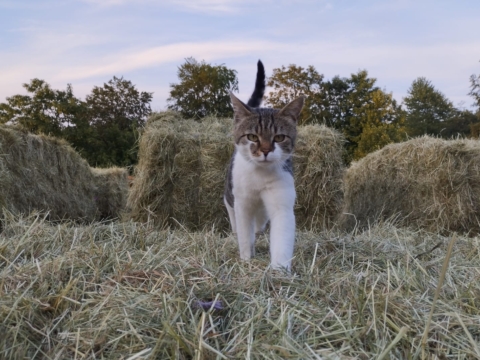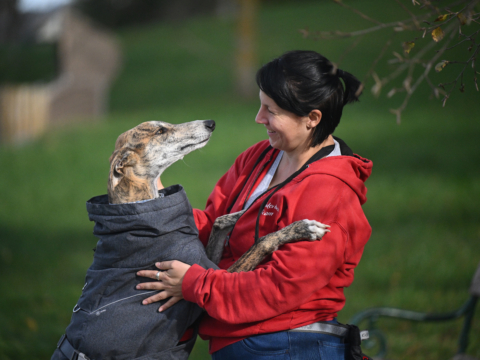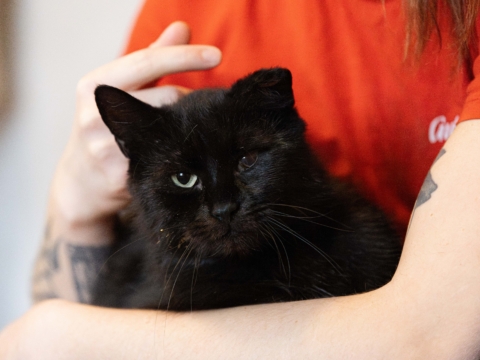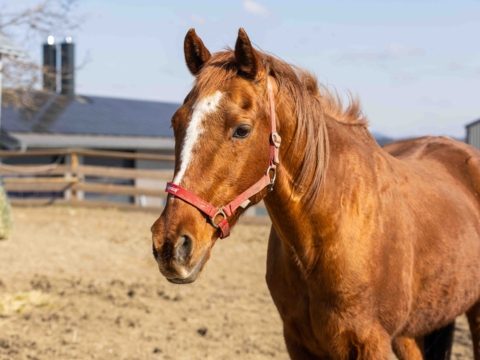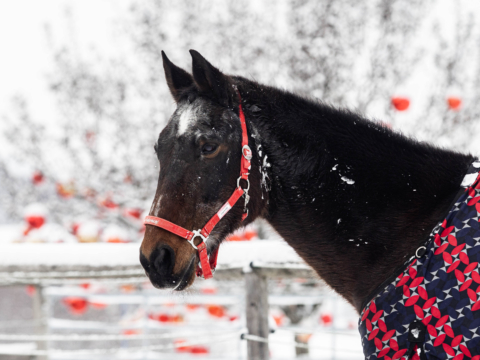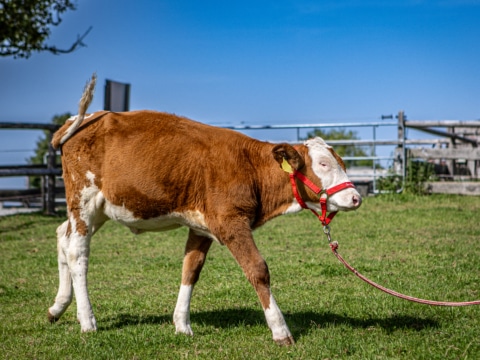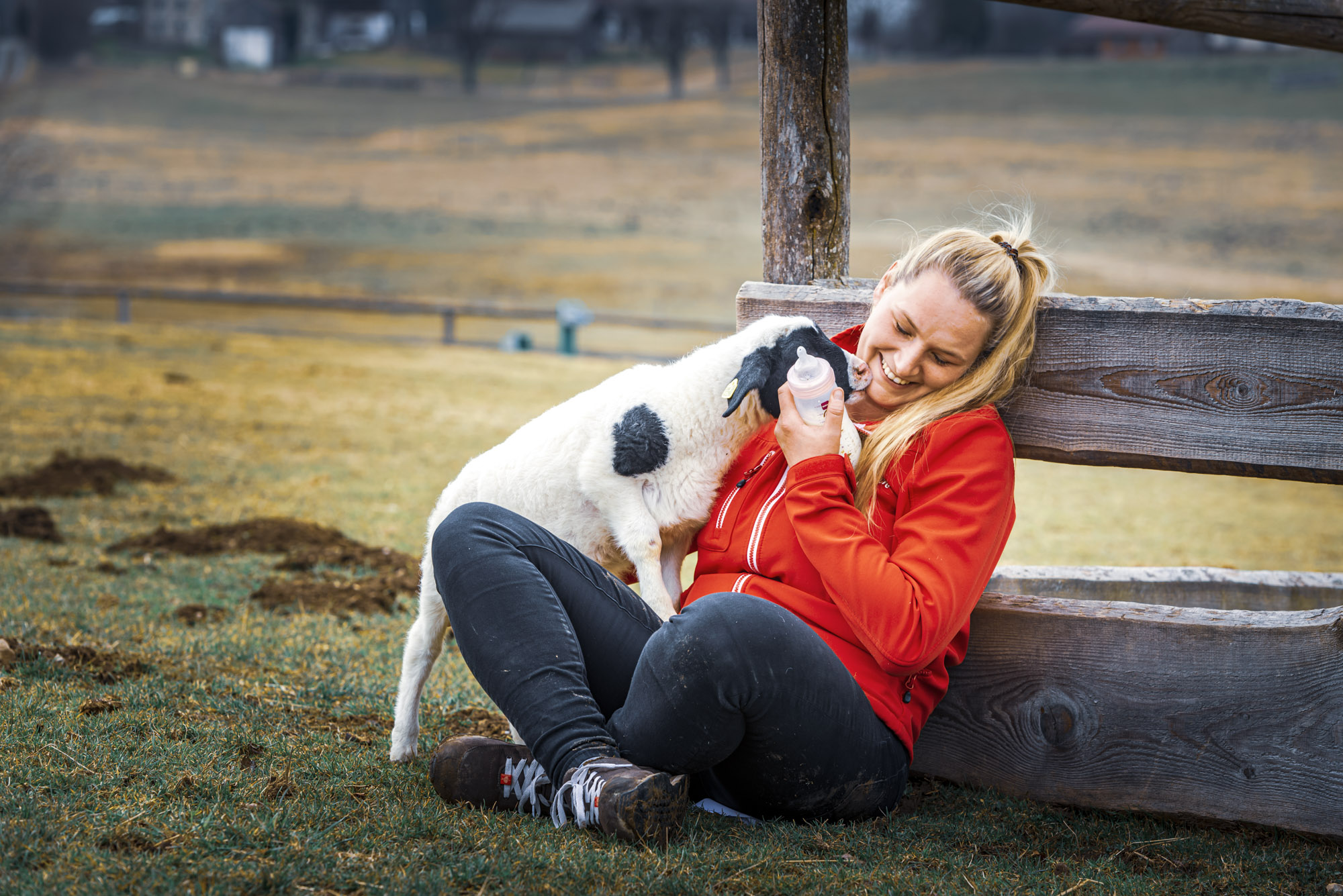
New home for five tigers
International Day of the Tiger on 29.07.
The five tigers Sandy, Floy, Tango, Roxy and Sonja will be moving to the Liska Animal Park Zoo in Romania in the next few weeks. These Bengal tigers, who are finding a new home at Gut Aiderbichl, symbolise many of the problems that these sleek big cats have to contend with around the world. In their natural habitat, they have been poached for decades and their habitat destroyed. In Europe, they are often not kept in a species-appropriate manner. Gut Aiderbichl wants to raise awareness and give the tigers a voice.
Tiger habitat is being increasingly destroyed worldwide
Tigers are very adaptable and can easily cope with large temperature differences. What they really need to survive are forests, water and sufficient prey. But this is precisely where the problem lies: the tigers’ natural habitat has been increasingly destroyed in recent decades. As with many wild animals, deforestation and the construction of road networks pose a serious threat. To survive, the majestic big cats need extensive territories in unspoilt nature. If the areas are too small, the tigers repeatedly venture outside the protected areas to establish new territories, which makes them particularly vulnerable to poaching – the second major problem for tigers. Tiger bones and other parts are sold as supposed remedies and their skins are considered a status symbol in some cultures. Although China enacted a national trade ban in the 1990s, many cases of tiger poaching often go undetected and unpunished. Tigers are still on the list of critically endangered animals and need our increased attention – not just on “Tiger Day”, but every day of the year.

An endangered species both in the wild and in captivity
In the meantime, the number of tigers living in the wild is slowly increasing again. Nevertheless, there are now four times more tigers living in captivity than in the wild. In Europe, these majestic animals are known from zoos and circuses. The 5 tigers at Gut Aiderbichl are no exception. Sandy, Floy, Tango, Roxy and Sonja were hand-reared by tamer Markus and were part of the Moscow circus. However, the circus fell victim to the Russia-Ukraine war because of its name, and the visitors stayed away. An additional stroke of fate in the form of a heart attack and the coronavirus pandemic ruined Markus’ health and finances.
Circus trainer turned to Gut Aiderbichl to save the tigers
Releasing the tigers back into the wild and thus increasing the tiger population would sound good in theory, but the five big cats are descended from a line of tigers that have been born in circuses for many generations and are imprinted on humans. Releasing them into the wild is therefore out of the question, as life in the wild would mean certain death for them. Tamer Markus was therefore desperate to find species-appropriate accommodation for his protégés.


Enclosure with several hectares, pool for swimming and retreats
This is no easy task, as species-appropriate tiger enclosures must fulfil the needs of the big cats of prey and require an enormous amount of space. This is why keeping big cats in circuses is often associated with massive animal welfare problems. A species-appropriate enclosure must be large enough to allow their natural urge to move and offer enough places to retreat to. Strict safety measures must also be adhered to in order to protect both the animals and humans. This includes special fencing, security systems and trained staff. “We were very lucky that a long-standing supporter of Gut Aiderbichl was able to offer us an appropriately large area in Romania. Together with tiger experts and the local authorities, we have now managed to build a species-appropriate “forever home” for Sandy, Floy, Tango, Roxy and Sonja,” says Dieter Ehrengruber, Managing Director and Chairman of the Gut Aiderbichl Foundation.

New enclosure to be completed in the next few weeks
In a few weeks, the enclosure for the five tigers at the Liska Animal Park Zoo in Romania will be completed. The area comprises several hectares of land, a large pool for swimming and offers natural climbing and hiding places to provide the tigers with both peace and sufficient stimulation. A vet, who can treat emergencies directly, and trained animal keepers from Gut Aiderbichl are on site in Romania. “The situation of tigers in their countries of origin, but also in Europe, is often dramatic. We want to give the tigers a voice and keep reminding people: the tiger problem is man-made and it is our responsibility to solve it!” emphasises Dieter Ehrengruber. The tigers can also be visited on the grounds of the Liska Animal Park Zoo in Romania.


